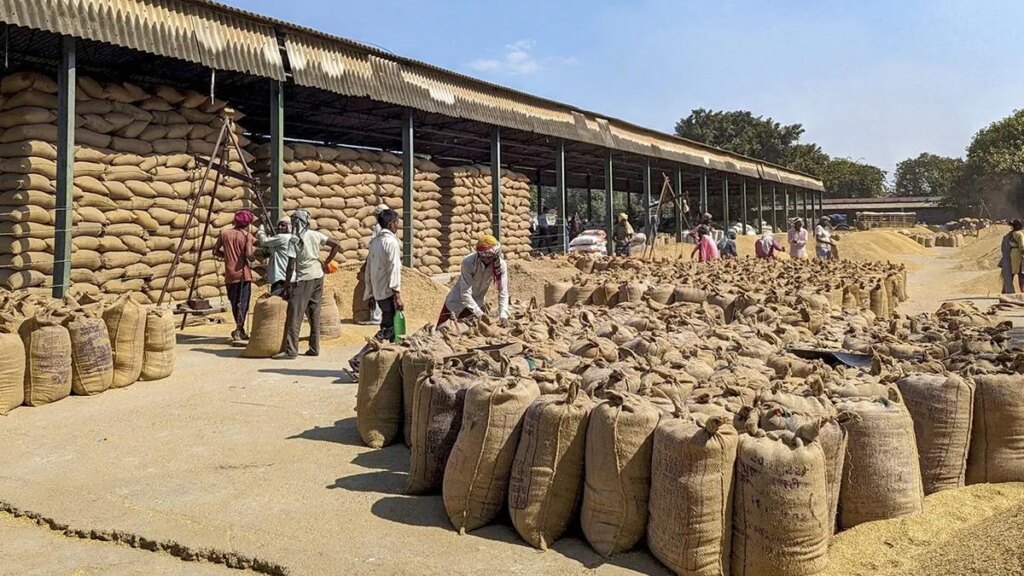
In 2024-25, the State produced 256 lt of paddy
| Photo Credit:
REUTERS
West Bengal expects total paddy production for this crop year (July 2025-June 2026) to exceed last year’s bumper production of 256 lakh tonnes. Total paddy production in Bengal, India’s largest rice-producing state, was a record high in 2024-25.
The West Bengal government has set a target of sowing on 42 lakh hectares (lh) for the 2025-26 kharif (summer) season against 41.5 lh for the 2024-25 season.
“Farmers in our State have sown paddy across around 3 lh so far in the ongoing kharif season. We are very confident that we will be able to achieve 100 per cent of the sowing target area. The State is getting early rains this time. I think the sowing will be completed by July-end this time,” Pradip Mazumdar, Minister of Panchayat and Rural Development, told businessline.
In West Bengal, sowing time for kharif paddy can be extended up to mid-September. Sowing process in the State normally starts from June-end.
To remain numero uno
“In 2024-25, total paddy production in Bengal crossed all previous records as the State had produced 256 lt of paddy. It was the highest in our history. We always aim at exceeding previous records. This year too we expect to break last year’s record. We are no.1 in rice production and we will remain no. 1,” Mazumdar said.
Bengal has two major seasons for paddy cultivation – kharif and rabi. Usually, farmers in the State start sowing boro, primarily an irrigation-based crop during winter, from November. Last year, the State produced 76 lakh tonnes of paddy during the rabi season.
“Our strength is marginal and small farmers, who always put in their best efforts. The government always gives them timely handholding, guidance and supply of ingredients. Because timing in agriculture is very important,” the minister said.
Notably, as of July 7, India’s cumulative rainfall stood at 15 per cent above the Long Period Average (LPA). “Kharif sowing for the year has witnessed a strong start, supported by the early arrival of the monsoon, which helped cushion the impact of heatwaves on standing crops. As a result, the total sown area has increased by 11.1 per cent year-on-year as of July 4, 2025. This growth has been largely driven by a sharp rise in food grain sowing, which is up by 18.3 per cent, supported by significant increases in pulses (35.2 per cent) and cereals (14.2 per cent),” CareEdge Ratings said in its report on Wednesday.
Published on July 9, 2025

